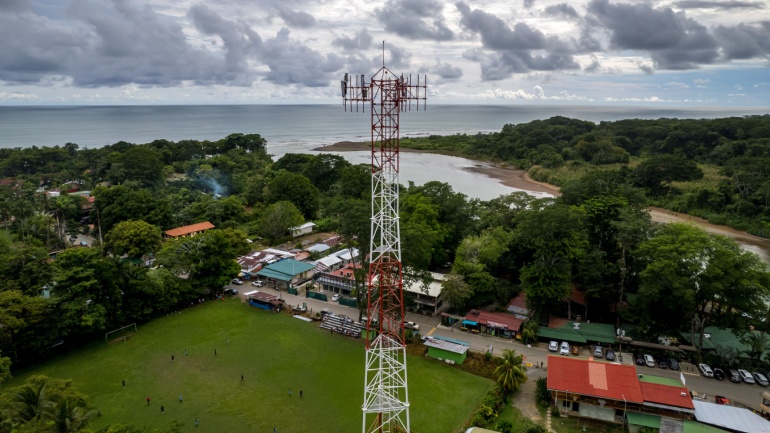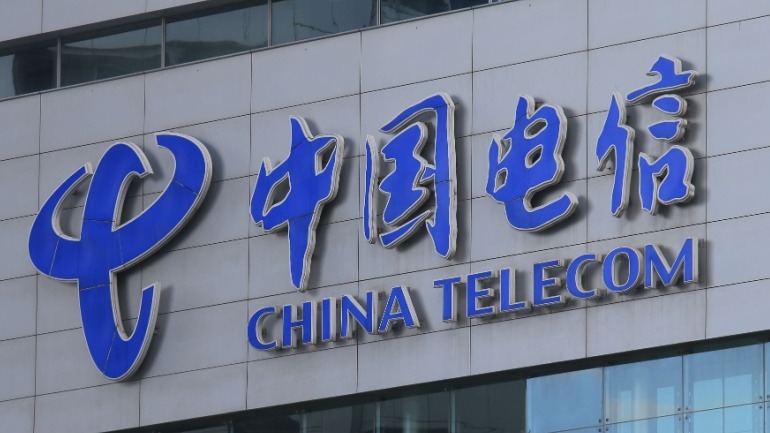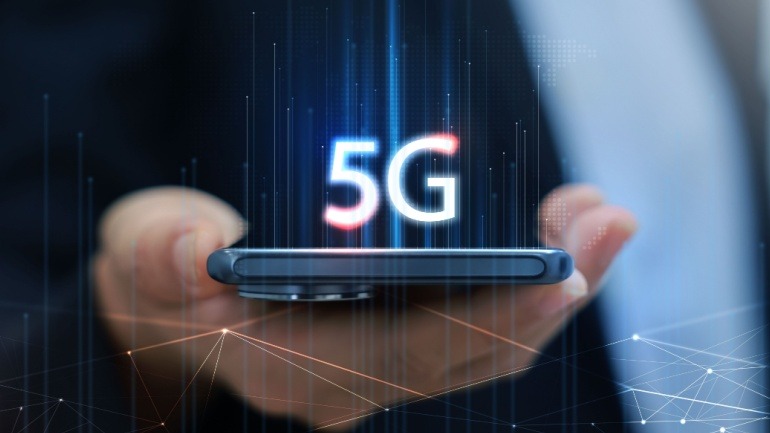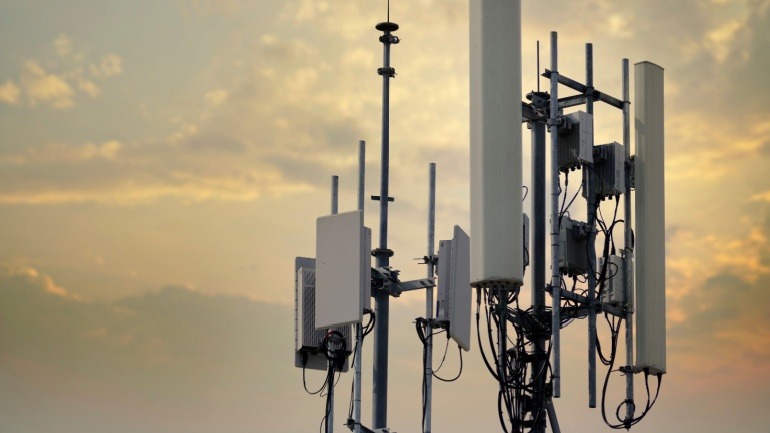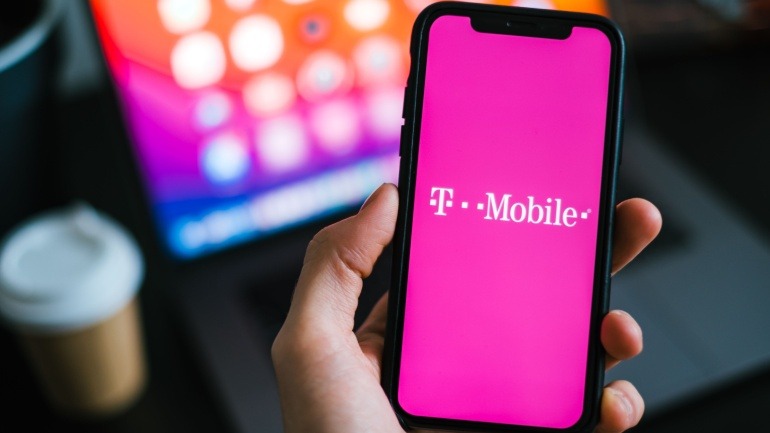Explore how 5G Fixed Wireless Access (FWA) transforms home broadband with innovative self-installable outdoor Customer Premises Equipment (CPE) from Solace Power. Overcome indoor signal challenges with wireless, window-mounted CPE that boosts spectral efficiency. This evolution promises enhanced connectivity and reliability, propelling the FWA technology into new growth possibilities.
Costa Rica is ambitiously moving towards nationwide 5G network establishment. ICE, the telecom leader, has completed its tender and is reviewing proposals. This billion-dollar project seeks to elevate Costa Rica’s digital connectivity. ICE’s tender received global bids from giants like Nokia and Huawei, reflecting international confidence in its vision.
China Telecom’s recent financial performance highlights the importance of modern VoIP solutions in today’s competitive market environment. The company’s 5% net profit increase, driven by 5G adoption, reflects the growing demand for advanced digital transformation. As 5G subscribers reach 292.4 million, the extensive penetration underscores an increasing need for enhanced VoIP services.
In an era where 4G LTE’s limitations are pronounced, federal agencies are increasingly recognizing the need for a 5G transition. 5G not only promises enhanced mobile connectivity but also supports cloud adoption and edge computing, crucial for modernizing IT infrastructure. Its speed, scalability, and security revolutionize operations, making it indispensable for modernization.
Future Technologies is making waves in the VOIP industry with its bold strategy to become North America’s top private 5G provider by 2026. Partnering with Battle Investment Group, the firm is leveraging acquisitions and equity to enhance its connectivity offerings. With a focus on industrial AI and IoT, Future Technologies commits to delivering superior VOIP solutions, positioning itself at the forefront of technological growth. This move promises significant revenue and workforce expansion, catering to enterprises seeking robust private 5G networks.
T-Mobile US is revolutionizing B2B offerings under the 5G Advanced framework, enhancing enterprise solutions with Edge Control and T-Platform. Edge Control focuses on minimizing latency, crucial for real-time business communications and IoT management. T-Platform provides comprehensive operational insights, enabling businesses to optimize performance and communication efficiencies.
As 5G networks expand, they face challenges related to energy efficiency and carbon emissions. By 2030, unchecked power consumption could represent a significant concern. Recent innovations in O-RAN energy efficiency reveal potential solutions. Collaborations have focused on reducing idle power and optimizing power amplifiers, emphasizing a greener approach for VoIP efficiency.
Celona, a private 5G operator, has strategically downsized its workforce by 20% due to slow market conditions and macroeconomic challenges affecting private 5G deployment. Despite these setbacks, Celona focuses on existing customers, exploring new sectors, and maintaining innovation, particularly in AI-driven platforms, to drive growth in the VOIP industry.
Malaysia has taken a bold step into the future with the launch of YTL Communications’ 5G Advanced services. As the ninth nation to embrace this cutting-edge technology, Malaysia aims for nationwide 5G Advanced coverage by December. Leveraging Digital Nasional Berhad’s network and Ericsson’s system, YTL is revolutionizing connectivity.
Airbus has partnered with Ericsson to establish a private 5G network, revolutionizing its Hamburg smart factory. This strategic move enhances aerospace manufacturing by seamlessly connecting people, machines, and vehicles. The integration ensures efficient processes through augmented reality and swift robotic task management, setting a global standard and transforming industrial operations.




